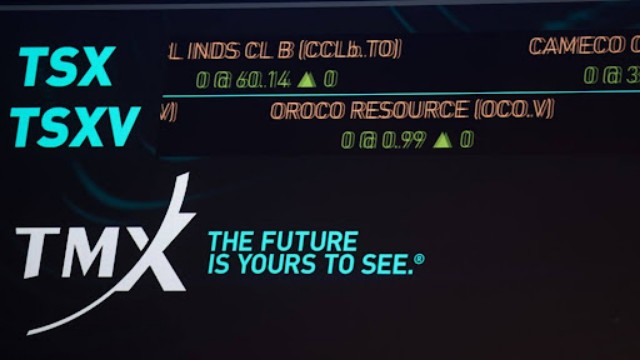
Pedestrians outside the Nasdaq MarketSite in New York. Bloomberg
In a significant market shift, the Nasdaq 100 Index has entered correction territory, shedding over $2 trillion in value in just three weeks. This abrupt decline marks a sharp reversal from the tech-driven gains that had dominated for over a year. On Friday, the index fell by 2.4%, marking a 10% drop since its July 10 peak, which technically qualifies as a correction. Despite this, the index is still up nearly 10% for the year.
Several major tech companies have seen substantial declines. Nvidia Corp. and Tesla Inc. are both down more than 20% from recent highs, placing them in bear-market territory. Microsoft Corp. and Amazon.com Inc. have each lost over 10%. Despite these losses, most major tech stocks, excluding Tesla, remain higher for the year.
“This is an amazing about-face like we’ve crashed into a brick wall,” said Bill Stone, chief investment officer at Glenview Trust Co. “We had a heck of a straight lineup, and those don’t last forever, especially since expectations got so high. You clearly can’t just own tech; you need some exposure to the more defensive areas.”
Amazon and Intel Corp. were among the biggest losers. Amazon's stock fell 8.8% due to heavy spending plans on AI, while Intel's stock plummeted 26% following a dismal forecast, marking its largest one-day percentage drop since at least 1982.
Warnings about the tech sector's high valuations and over-reliance on AI-fueled gains have been prevalent throughout the year. Recent disappointing earnings reports have reinforced these concerns, prompting investors to lock in profits and shift their focus to other sectors like utilities, which have led the market over the past two sessions. Additionally, falling Treasury yields suggest traders anticipate the Federal Reserve will cut interest rates at its next meeting in September.
The Cboe NDX Volatility Index, which measures the 30-day implied swings in the Nasdaq 100 Index, briefly surged above 28, its highest level since March 2023. Volatility indexes for Apple and Amazon have also increased, and the Cboe Volatility Index (VIX) is at its highest in over a year.
The move away from tech stocks began in earnest after June's inflation report indicated cooling prices, fueling bets that the Federal Reserve might cut rates. Small-cap stocks initially benefited from this shift, with the Russell 2000 rising nearly 4% since early July, in contrast to the Nasdaq 100’s decline.
The first half of the year saw the so-called "Magnificent Seven" megacap tech companies drive much of the S&P 500’s advance, leading the cap-weighted index to outperform its equal-weight counterpart by the widest margin since 1999. This surge pushed the S&P 500’s information technology index to its highest price-to-earnings ratio since 2002.
The tech selloff intensified after Alphabet Inc. reported capital expenses exceeding estimates by $1 billion in its July 23 earnings report, mainly due to AI-related spending. This prompted investors, wary of unchecked spending with uncertain revenue prospects, to exit the market. Microsoft followed suit, signalling heavy AI spending.
“I don’t think they’d be doing this kind of spending if demand wasn’t there, which bodes well for the long-term AI story,” said Stone, noting he had increased his Microsoft holdings amid the selloff. “However, there are all kinds of questions about the timing of AI demand, AI spending, and this kind of selling are the bumps in the road that come with that kind of thing.”
Despite the downturn, there were some bright spots. Apple Inc. rose 0.7% on Friday following a positive earnings report, and Meta Platforms Inc. saw gains earlier in the week due to its own strong results.















